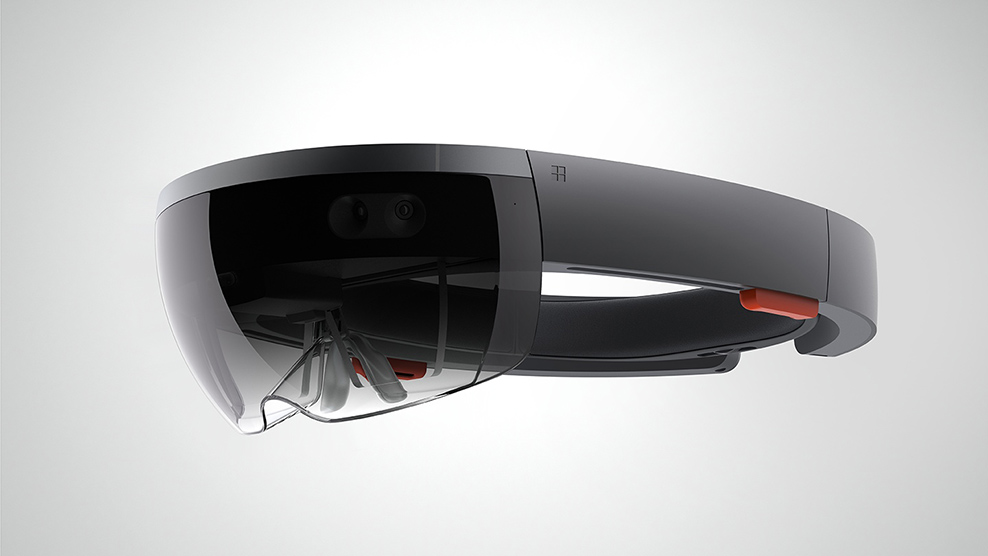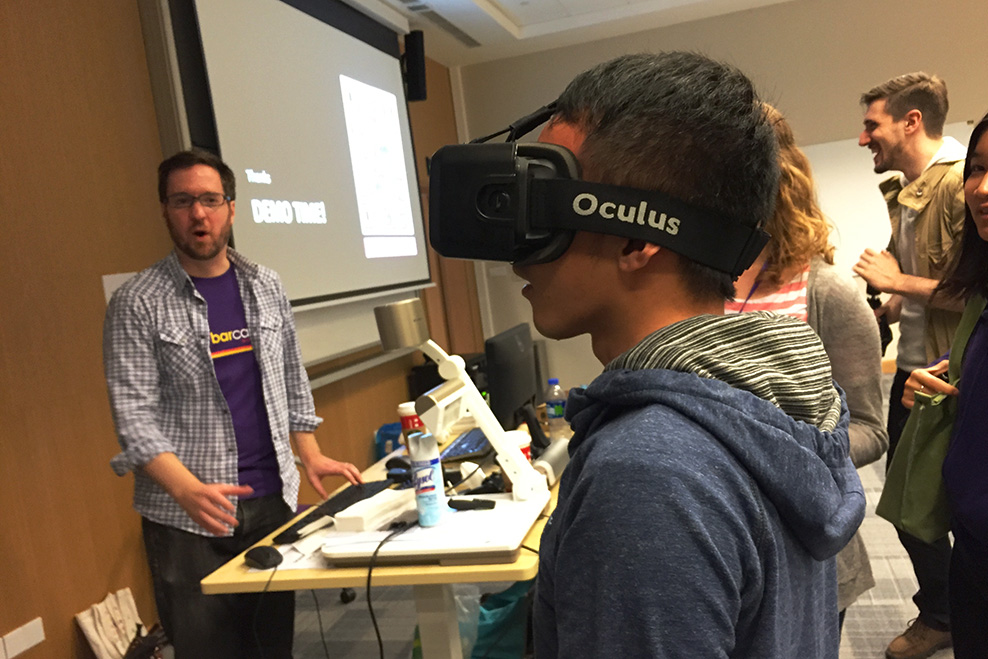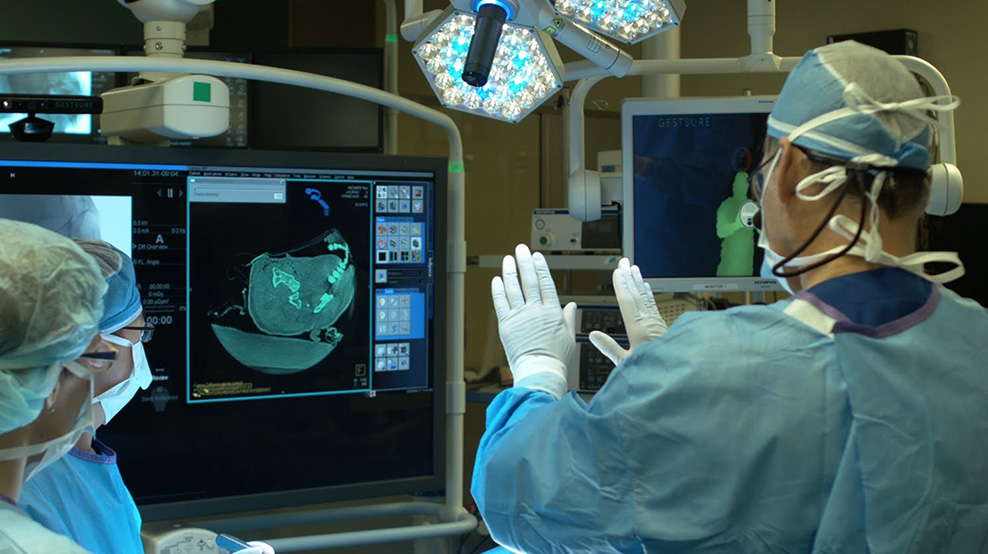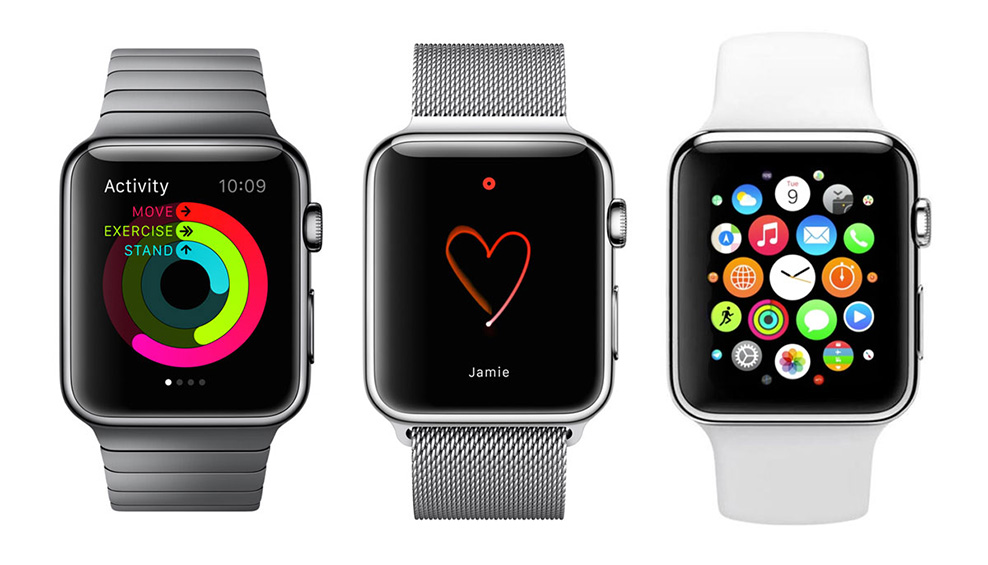
Yep, Microsoft debuted its eye-catching HoloLens, many of my fellow just care when it is available on the market, thinking with Intel’s $25M bet on smart eyewear-maker Vuzix, it seems the era of VR device is coming. But will it be?
In this 2:07 video, Microsoft revealed what HoloLens could bring us:
- New ways to visualize our world.
- New ways to share ideas with each other.
- More immersive ways to play.
- New ways to teach and learn.
- New ways to collaborate and explore the place we have never been.
- New ways to create things we imagined.
Based on these descriptions, I will take HoloLens as something cool to play, especially for designers and gamers. I do not want to throw a damp over you guys, but I have to say this is not for most people. Don Norman once wrote that there are two standards to measure the value of wearables, one is whether the device useful, the other is whether the device distracts people from real world. I agree with the opinion that smartphone is not the best device for real-life scenarios, but I don’t think most people needs a Glass or Lens or whatever else like that, considering the wearing experience and the content it provides, they are not the finest solution for future scenario.
Fundamentally, Oculus sales immersive experience with certain device, comparing with ordinary displays, it is not so natural, which you could lazily sitting in a chair and just open your eyes, Oculus is more disturbing. I have tried Oculus in an event held in NYU’s Shanghai Campus, it was cool, but I believe there is still gap between current product and the mass market.

Oculus is not alone, Samsung’s Gear VR powered by Oculus looks pretty the same, despite the better industrial designs. HoloLens, Oculus, Google Glass are the very best devices for the moment, they have cutting edge technology inside and got shipped the prototype out of the lab with fine industrial design. They are useful in certain scenarios, but not for daily life. While HoloLens and Oculus are for indoor use, Google Glass applies to both. While HoloLens is AR, Oculus distract people to the virtual world, the Glass is light weighted, and more acceptable, but still got resistance from the public, and the function it provides does not worth the price on usability and money.

I believe there will be two kinds of devices for future’s interaction, one for general use, the other for professional purposes. The general one should be simple and start with solving basic problems, just like Microsoft’s Kinect, people could play motion sensing games with it, while surgeons could view X-Ray films in operation room. The professional one should not be too narrow designated for certain jobs, it should be capable of solving a cluster of problems, just like vernier calipers. I would like to classify the market into two species, Total Market, and Fragment Market. The key factors determine whether a product is for the Total Market or Fragment Market are Scenario-Inclusiveness and Threshold-of-Use.
The experience while engaging in battleground in Call of Duty with a VR gear might be totally different from display-based playing, but wearing that stuff walking on the street will make me a weirdo, most VR gears are Fragment Market products. Google Glass is singular among VR devices, it is light, comfortable to wear and not so distracting. Perhaps this kind of product is not and should not be considered as mass-market product. It is like Drone or GoPro.

I believe the most promising wearable in the near future for the Total Market is smart watch, it applies to most scenarios and comfortable to wear. As it is worn around wrist, people can interact with information without disturbing the real world too much. We are entering a subdivided world. As individuals are so different, given the huge population of the world as the background, needs in each subdivided group means business to be done. So, forget products like computer, smartphone or tablet, which are for the Total Market, they universally fits most scenarios, after 30 years’ pavement of these products, we are on the road to Fragment Market, in this market, fragmented needs are to be fed. And the same time, we have to evolve our scale of measurement for the players in these markets, judging them with obsolete Total Market measurement would make us miss something interesting.
In short, glasses-like VR devices are not for the public, watches do, fragment market or niche market can be gold mine, this works especially in the blue ocean fields.